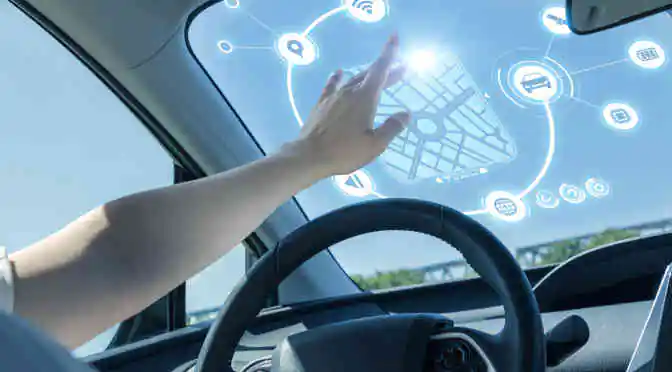The total number of connections in the M2M connections market in the retail industry in the US was 13.30 million units in 2014 and is expected to reach 30.90 million units by 2019, growing at a CAGR of 18.36 percent.
Technavio analysts have identified the four key factors listed below as major market drivers:
Increased Use of M2M Services for POS Payments
Wireless technologies have evolved significantly over the years. Advances in these technologies have led to a corresponding increase in the use of M2M services in POS terminals. Many retailers in the US use M2M technology to execute secure real-time payments and transactions. Consumers also use M2M technology while making online payments through POS terminals.
In addition, banks are using this technology to keep track of the financial transactions of retail outlets and ATMs. In the logistics industry, this technology is used in vending machines to track and monitor purchases made and enhance the supply chain management.
Increased Use of M2M Platform for Beacons
Beacons are used extensively in financial institutions, retail outlets, supermarkets, and hypermarkets to drive sales and provide a good shopping experience to customers. They use the M2M platform to enhance the in-store experience by increasing customer participation inside retail stores. Beacons transmit information related to coupons, discounts, loyalty rewards, and grocery list reminders to consumers’ iOS and Android devices. Banks and financial institutions use beacons to detect the location and movement of a customer inside the branch and provide tailored information about products.
For instance, in 2014, Unified Grocers deployed beacons in their stores in California and Washington. Thus, the rising use of beacons in various industries such as banking and retail is expected to drive the growth of the M2M services market in the retail industry in the US.
Increased Use of M2M in Smart Parking
Retailers are increasingly focusing on creating more value for customers visiting their stores. In metropolises such as New York, Washington, and San Francisco, it is difficult for customers to find a parking space outside retail stores, supermarkets, and hypermarkets. For example, if consumers visiting a retail store in New York fail to find a proper parking space for their cars, they can develop a sense of dissatisfaction toward the outlet. It is quite possible that the experience of consumers inside a retail store is good, but a less-than-satisfactory parking experience can lead to loss of loyal customers. Therefore, retailers have started to use M2M technology to provide better parking facilities and enhance the overall shopping experience of consumers.
Increased Use of Automated Vending Machines
Managing vending machines placed across different locations is a highly cumbersome and time-consuming task. It also adds to the overall costs incurred by the vending machine providers. Thus, most vending machine manufacturers and service providers use M2M solutions to provide real-time status updates about sales, inventory levels, theft, errors, and the amount of cash in the machines. Vending machine providers can easily track and monitor the usage level of a product from a remote location and modify the price of the product in response to the demand.
For instance, Axeda (PTC), a leading provider of intelligent vending machines, provides solutions such as Axeda RemoteMonitor and Axeda Jet Vending. Axeda RemoteMonitor is used to track and monitor the status of vending machines in terms of product availability, refilling time, and errors. Axeda Jet Vending is used to track vending machine usage and inventory levels.



